Certainly is becoming a planet ready to self-destruct.
by on Dec 16, 2014, 1:00 PM
 The Council on Foreign Relations released the Center for Preventive Action’s Global Conflict Tracker, an interactive guide to US conflict prevention priorities in 2015. It is based on the most recent Preventive Priorities Survey, which asked government officials, foreign policy experts, and academics to assess ongoing and potential conflicts based on their likelihood to occur in 2015 and their potential impact on US interests. The Council on Foreign Relations released the Center for Preventive Action’s Global Conflict Tracker, an interactive guide to US conflict prevention priorities in 2015. It is based on the most recent Preventive Priorities Survey, which asked government officials, foreign policy experts, and academics to assess ongoing and potential conflicts based on their likelihood to occur in 2015 and their potential impact on US interests.
The survey was sent to more than 2,200 government officials, foreign policy experts, and academics. Respondents were asked to estimate the relative likelihood and potential effect of each of the contingencies on U.S. interests according to defined criteria.
Below are some of the findings (and here is the full report):
Civil War In Iraq
Sectarian violence in Iraq continues to worsen as clashes erupt between Sunni and Shia groups. Maliki’s Shia-dominated government had increasingly removed Sunni officials and arrested hundreds of extremists in response to bomb attacks targeting Shia neighborhoods.
If sectarian violence continues to take hold of the country, Iraq may plunge into a deeper state of chaos and potentially into a state of civil war.
Terrorist Attack On US Homeland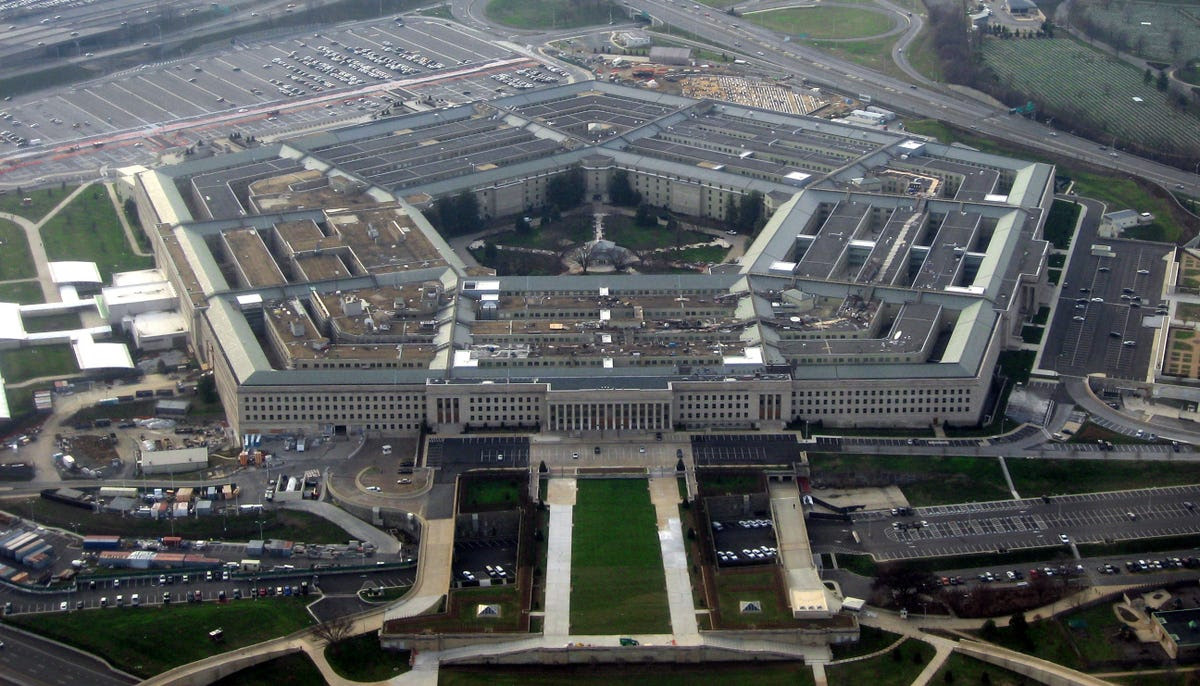
Al-Qaeda and other terrorist organizations continue to pose a stark threat to the U.S. homeland more than a decade after 9/11.
Although the United States has been successful in eliminating most of the senior al-Qaeda leadership, affiliates and other extremist groups—ISIS, al-Qaeda in the Arabian Peninsula (AQAP), and Lashkar-e-Taiba—have emerged and grown in strength.
Domestically, concerns of homegrown terrorism were reinforced by the April 2013 Boston Marathon bombings.
North Korean Crisis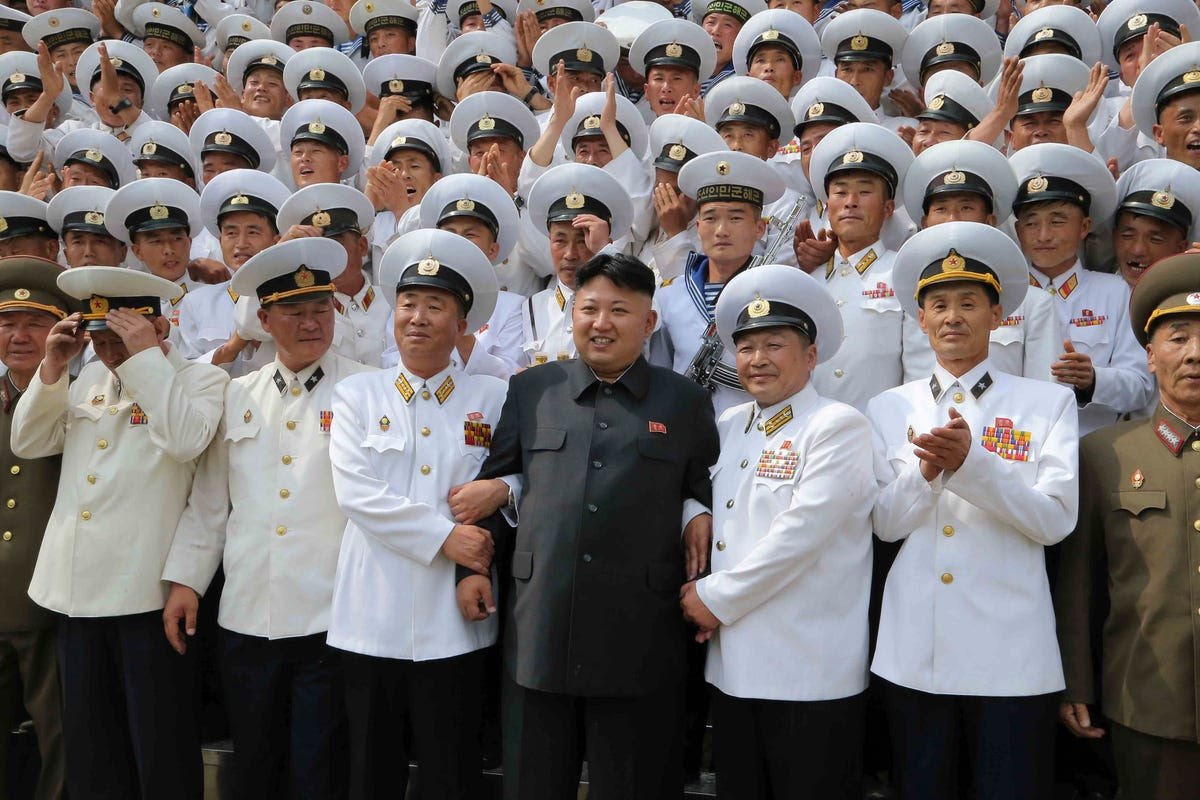
North Korean leader Kim Jong-un’s efforts to purge high-ranking officials, including his uncle, Jang Song-taek, have increased the potential for for political instability and unrest in the country. This too could escalate in dangerous ways that lead to military intervention by neighboring powers.
Furthermore, the scope of North Korea’s uranium enrichment program remains uncertain, U.S. intelligence agencies estimate that it has enough plutonium to produce five nuclear weapons.
South China Sea Armed Confrontation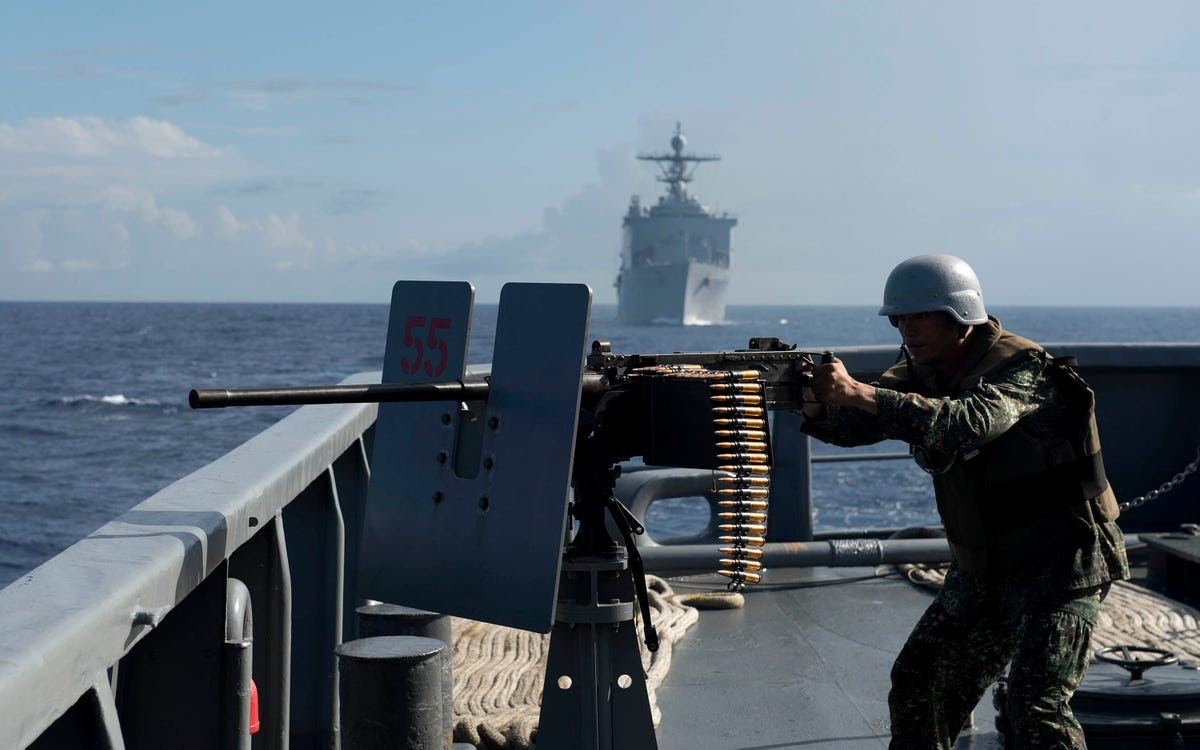
Territorial and jurisdictional disputes in the South China Sea could escalate into a military clash between China and one or more Southeast Asian nations. China’s sweeping claims to sovereignty over the sea—and its untapped 11 billion barrels of oil and 190 trillion cubic feet of natural gas—have antagonized competing claimants Malaysia, Vietnam, Brunei, Taiwan, Indonesia, and the Philippines.
The failure of Chinese and Southeast Asian leaders to resolve the disputes by diplomatic means could undermine international laws governing maritime disputes and encourage destabilizing arms buildups.
Cyberattack On US Infrastructure
The rising prevalence of cyberattacks was detailed in a 2013 report by the U.S. security firm Mandiant that linked the Chinese military to 140 cyberattacks against U.S. and foreign corporations. The same year, major U.S. banks called on policymakers for assistance after experiencing cyberattacks emanating from Iran. The Obama administration has emphasized the importance of cybersecurity—its fiscal year 2014 budget requested a 20 percent increase in funding.
The US has strengthened its offensive strategies by developing rules of engagement for cyber warfare and cyber weapons capabilities. However, cyberspace policymaking remains decentralized with authority shared among the White House and five executive departments, resulting in gaps in U.S. cyber policy that leave vulnerabilities unaddressed.
Iranian Nuclear Crisis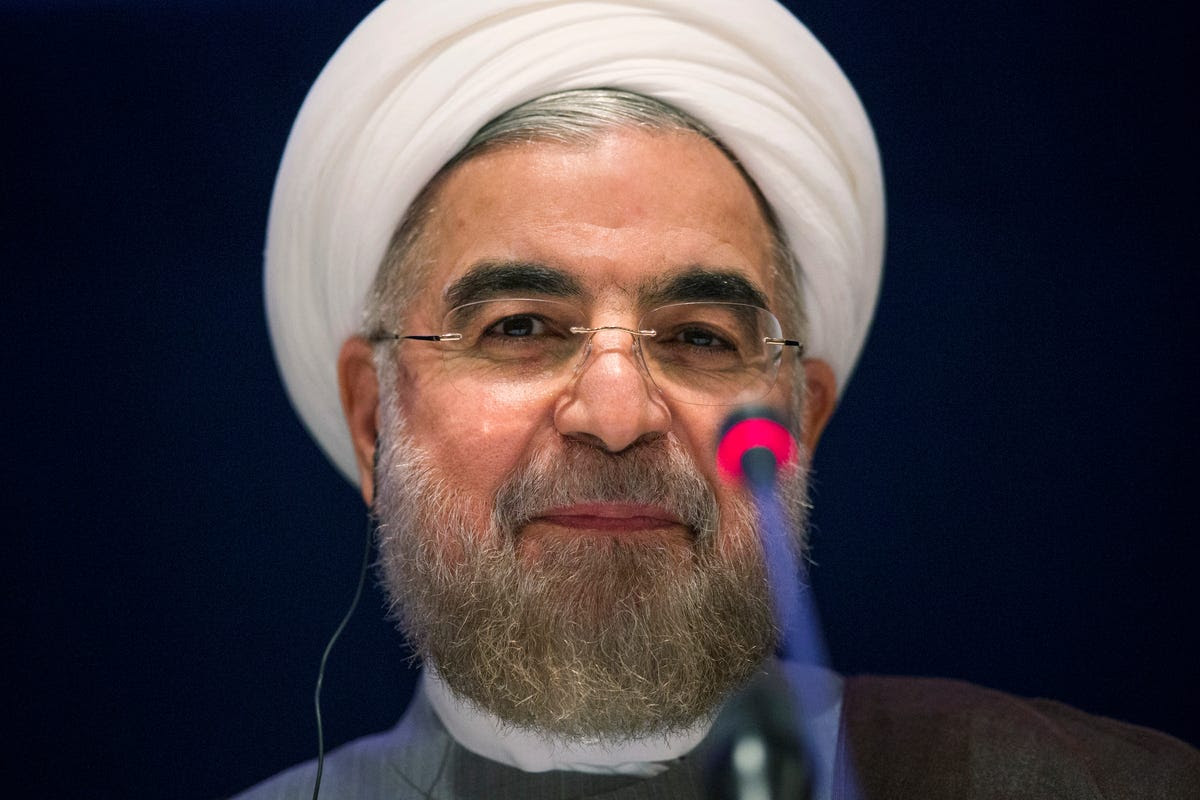
The prospects for a breakthrough in the nuclear standoff with Iran have recently improved, but a lasting settlement of the dispute is still uncertain. Following the election of President Hassan Rouhani in June 2013, Iran has signaled its desire to reach a mutually acceptable final agreement that resolves the status of its nuclear enrichment and reprocessing activities.
Since 2006, the UN has passed 9 resolutions on Iran, but the International Atomic Energy Agency is still unable to confirm if there are potential military dimensions of Iran’s clandestine operations.
Escalation Of The Israeli-Palestine Conflict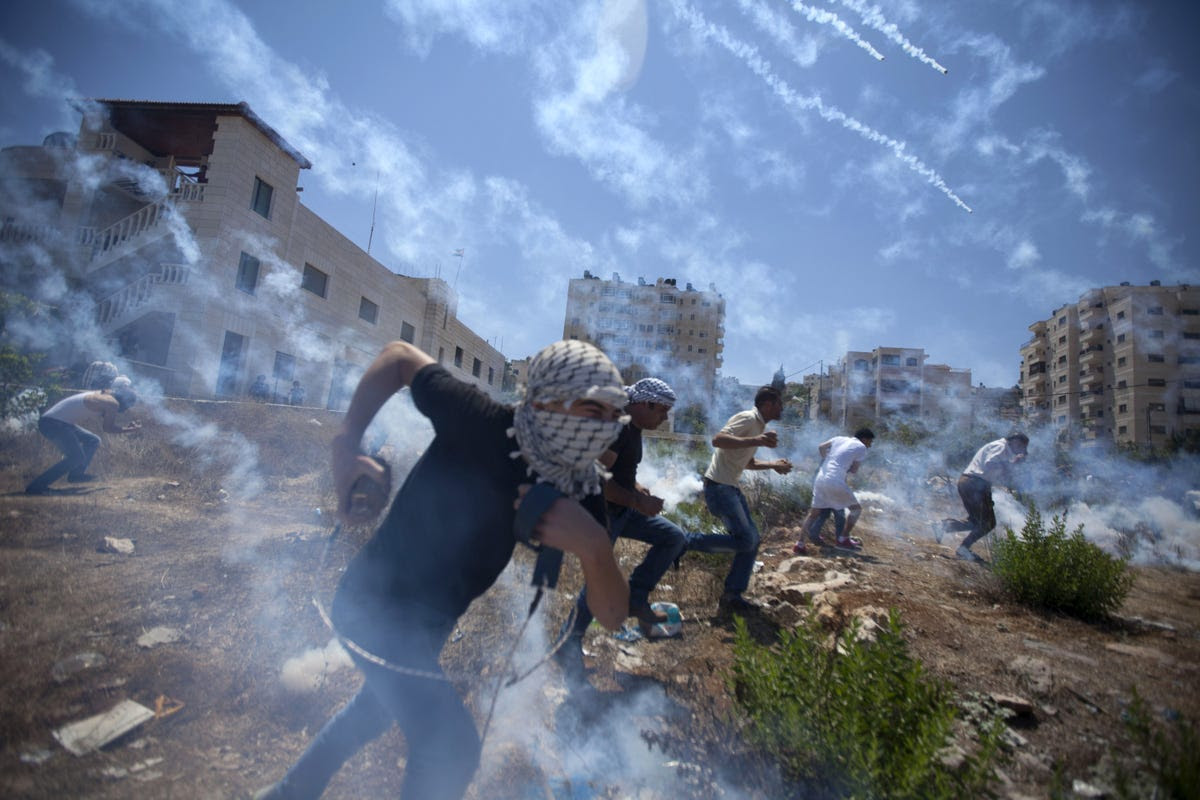
The murders of three Israeli teenagers and one Palestinian teenager in the summer of 2014 ignited clashes in the Palestinian territories and precipitated a military confrontation between the Israeli military and Hamas, a Sunni Islamist group in Gaza. In August 2014, in violation of the November 2012 ceasefire, Hamas fired nearly three thousand rockets at Israel. In retaliation, Israel launched airstrikes on rocket launchers and other suspected terrorist targets in Gaza. The recent skirmish ended in late August with a cease-fire deal brokered by Egypt.
Violence In Eastern Ukraine
Political instability that overtook in Ukraine in 2013 has escalated into a major international crisis pitting the United States and the European Union against Russia. Both the US and EU have imposed broad economic sanctions against Russia in an effort to dissuade further assistance to Ukrainian rebels, tightening restrictions on major Russian state banks and corporations and targeting the energy and arms sectors. While these punitive measures, combined with falling oil prices, have hurt Russia’s economy significantly, the ceasefire in eastern Ukraine remains highly fragile.
Much is at stake in the current crisis, not least the risk of wider conflict and a fundamental deterioration in US-Russian relations that undermines cooperation on many important issues from strategic arms control to Iran and Syria.
Increased Violence And Instability In Afghanistan
The United States has a vital interest in persevering the many political, economic, and security gains that have been achieved in Afghanistan since 2001. A resurgence of the Taliban insurgency could once again turn Afghanistan into a terrorist safe haven. Moreover, internal instability in Afghanistan could have larger regional ramifications as Pakistan, India, Iran, and Russia compete for influence in Kabul and among influential subnational actors.
Civil War In Syria
Ongoing instability has enabled the expansion of powerful jihadist elements. ISIS, most notably, has captured extensive territory in Syria, perpetrated shocking violence against Shias, Christians, and fellow Sunnis, and beheaded captives from the United States, United Kingdom, and France.
Thus far, the Obama administration has ruled out the possibility of using US airstrikes to target Assad or sending US ground troops to the region as part of the campaign against ISIS. Yet ongoing violence could create a safe haven for other extremist groups active in Syria, such as the al-Qaeda affiliated Nusra Front and Hezbollah.
|
No comments:
Post a Comment